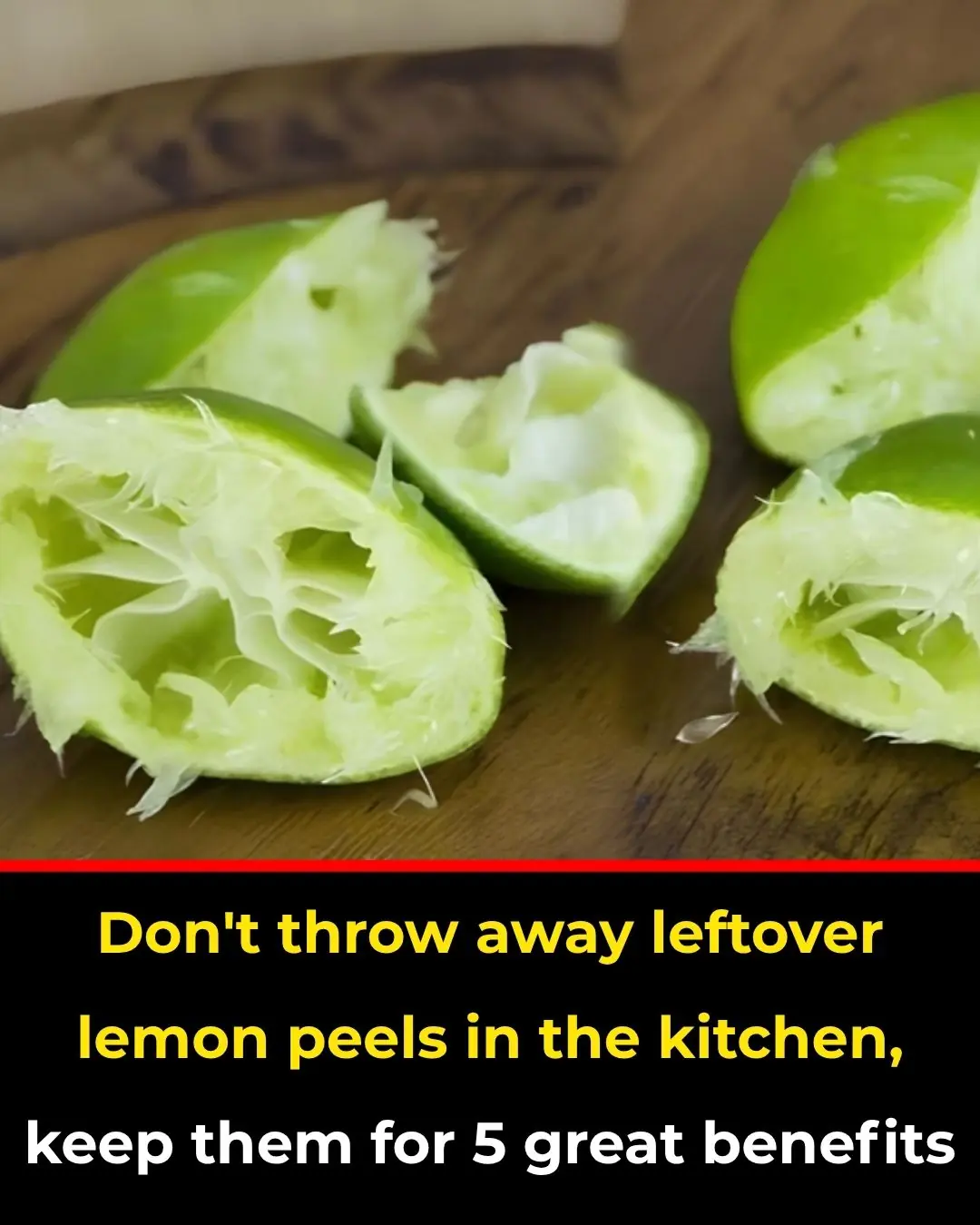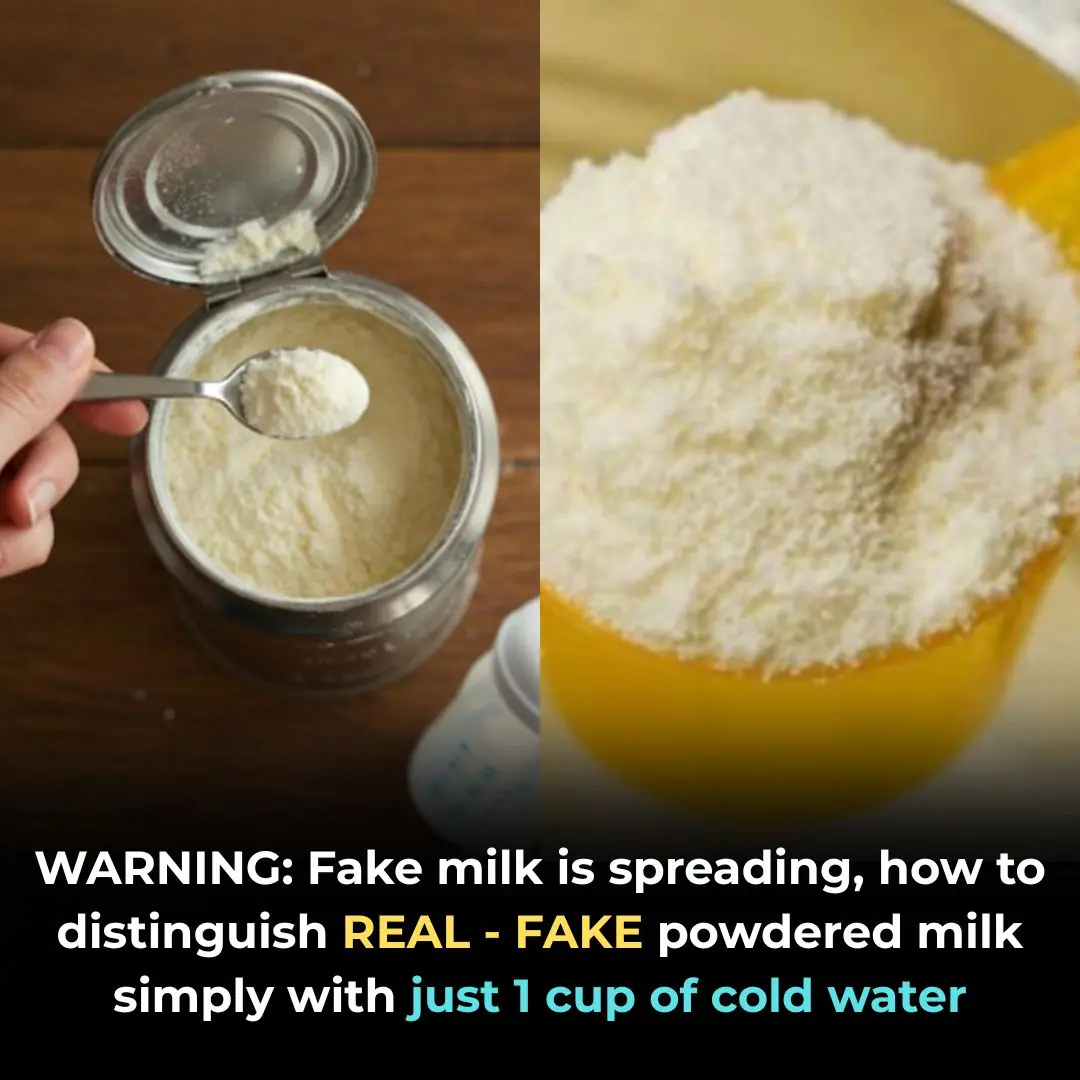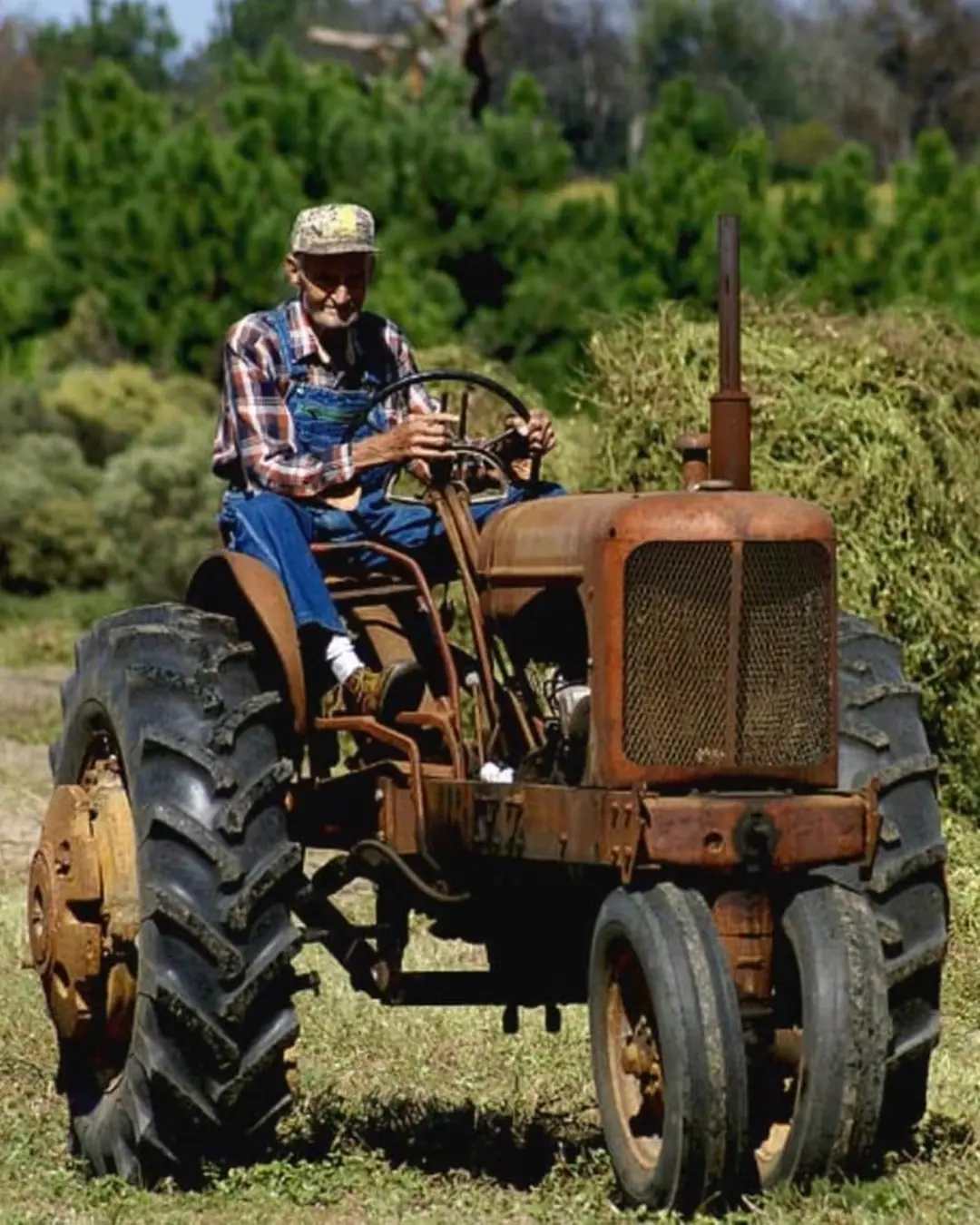
Moldy wooden cutting boards, can only be thrown away after washing with soap: Pour this on for 5 minutes and the cutting board will be as clean as new.

How to Clean and Maintain a Wooden Cutting Board — Naturally and Effectively
A wooden cutting board is an essential and eco-friendly kitchen item found in almost every household. While generally safe to use, if not cleaned properly, its porous surface can easily absorb moisture and become a breeding ground for bacteria.
As the old saying goes, “Illness enters through the mouth,” meaning that maintaining a clean and “healthy” cutting board is vital to protecting your family’s well-being. During humid or rainy weather, wooden boards are especially prone to mold growth. However, don’t rush to wash a moldy board with dish soap — that can make things worse. Instead, try this simple home method to restore your cutting board to like-new condition in just five minutes, and keep it mold-free for months afterward.
Why Proper Cutting Board Care Matters
A good cutting board is just as important as the food prepared on it. A poor-quality or poorly maintained board can dull your knives faster and harbor harmful bacteria deep in its fibers. Wooden boards are preferred for their natural look, durability, and eco-friendliness — but disinfecting them properly requires a bit of know-how.
While hot soapy water can remove visible grime, it also dries out the wood, causing it to crack or warp over time. Fortunately, you can clean and preserve your board using safe, common household ingredients.
Step-by-Step Cleaning Method
You’ll need:
– White vinegar
– Table salt
– Toothpaste
– An old toothbrush
– Cooking oil
– Baking soda
Step 1: Disinfect with Vinegar and Salt
White vinegar is a powerful natural softener and disinfectant. Pour a small amount evenly across the surface of the board, then sprinkle table salt on top. Salt acts as a gentle abrasive that helps scrub away tough stains while also killing bacteria. Let the mixture sit for a minute before moving to the next step.
Step 2: Scrub with Toothpaste and a Toothbrush

Apply a small dab of toothpaste to an old toothbrush and scrub the board as if you were brushing teeth. The combination of salt and toothpaste creates a mild abrasive effect that polishes the surface, removes knife marks, and eliminates bacteria and trapped residue.
After scrubbing for a few minutes, rinse thoroughly with clean water. You’ll notice that the board looks brighter, smoother, and fresher.
Step 3: Condition with Cooking Oil
Once clean, dry the board completely with a towel. Then spread a thin, even layer of cooking oil across the surface. The oil nourishes the wood, prevents it from drying out, and protects against future mold or cracking.
To allow the oil to fully absorb, cover the board with plastic wrap and let it rest for 4–5 hours. Afterward, remove the wrap and wipe off any excess oil.
If the surface still feels greasy, avoid using dish soap — instead, sprinkle a small amount of baking soda and gently rub it in. Baking soda is highly absorbent and will lift away the leftover oil while neutralizing odors. After this process, your board will stay fresh and mold-free for up to a year.
Alternative Natural Cleaning Method: Lemon, Salt, and Vinegar

If you prefer a citrus-fresh option, combine lemon, salt, and vinegar. Salt works as an abrasive scrubber, lemon provides antibacterial and deodorizing properties, and vinegar enhances disinfection.
For a cutting board around 22 cm in diameter, use:
– 1/3 of a lemon
– 1.5 tablespoons of salt
– 5 tablespoons of white vinegar
First, rinse the board with water. Sprinkle the salt generously on the surface and use the lemon half to scrub in circular motions. Let the mixture sit for a few minutes, then rinse with cool water. For added hygiene, wipe the board once more with diluted white vinegar before drying completely.
Extra Tips for Long-Lasting Wooden Boards
-
Always dry your cutting board upright after washing to prevent moisture buildup.
-
Avoid soaking the board in water for long periods.
-
Apply a thin coat of mineral or food-grade oil once every few weeks to keep the wood conditioned.
-
Use separate boards for raw meat and vegetables to prevent cross-contamination.
With just a few minutes of care each week, your wooden cutting board will stay clean, fresh, and durable for years — ensuring that every meal you prepare is as safe as it is delicious.
News in the same category


The Secret of Our Hand to Show RICH or POOR…

Bananas that are ripe and turn black are thought to be thrown away, but unexpectedly are a nutritional "treasure" that few people know about

Great tips for the bathroom: Disposable masks can 'eliminate' bad odors, making the space surprisingly clean and fragrant

Save this for when you need it: How to cure 46 diseases with medicine-free tips

Why do gourmets always choose places with lots of leftover tissues when eating out?

Don't throw away leftover lemon peels in the kitchen, keep them for 5 great benefits

We were wrong to gradually move away from lard

Insert a cotton swab into a bottle of essential oil and place it anywhere for good results.

WARNING: Fake milk is spreading, how to distinguish REAL - FAKE powdered milk simply with just 1 cup of cold water

When frying eggs, don't just put green onions in. Learn from the Japanese and add this. It's both delicious and effective in preventing cancer.

Using rice water like this will ensure the jar of pickled cabbage is golden, crispy, delicious, not slimy, and everyone who tries it will love it.

From the case of injecting essence to turn 14 tons of buffalo meat into beef: If you see these signs in beef, absolutely do not buy it.

Putting Ice Cubes into Boiling Soup: A Clever Trick Many People Don’t Know

Think Twice Before Drinking Bottled Water in Hotel Rooms – Here's Why It's Not Always Safe or Worth It

A simple tip you probably need right now.

3 extremely simple tips to remove odors right after cooking in the kitchen

11 health benefits of green bean water, unfortunately many people do not know
News Post

What Your Lips Say About Your Health

Important News for Everyone Who Loves a Daytime Nap

The Night Edith Found Her Angels at a Waffle House

The Dog Who Healed Our Hearts: A Story of Rescue, Love, and Second Chances

A Night at McDonald’s That Changed a Life — And Mine

Beyond the Badge: A Police Officer’s Reflection on True Community Connection

Koda the Christmas Bandit: The Dog Who Unwrapped Every Gift Under the Tree

A Brother’s Gift: Caleb’s Courage for His Sister Libby

Two Brothers, One Battle: The Scotts’ Fight for Life and Hope

An Elephant’s Cry, A Human Answer.

The Farmer’s Slow Lane

The Gift of a Grandfather Without Bloodlines.

12 Powerful Natural Painkillers Found in Your Kitchen

11 Honey Remedies That Truly Work

4 Dangerous Mistakes When Using an Air Fryer That Can Lead to Poisoning, Cancer, and Even Fires

The Secret of Our Hand to Show RICH or POOR…

The Purpose of the Overflow Hole in Your Sink You Never Knew

Only 2% Know This Ancient Spice Can Clean Lung Mucus Overnight 💥

🌿 SENIORS: This 1 Leaf DESTROYS Diabetes & Melts Belly Fat (Doctors HATE It!) | Barbara O’Neill
